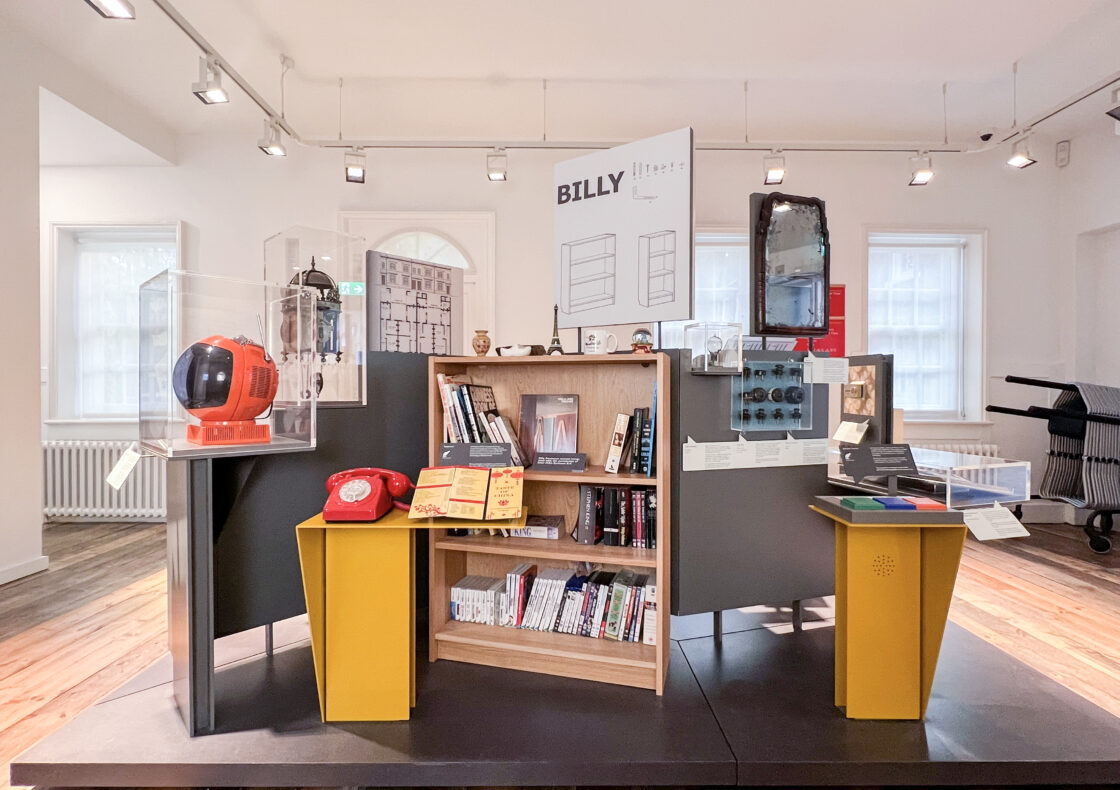Objects can have a profound and sometimes surprising effect on our lives, whether revolutionising the design of our homes or fundamentally changing the way we live in them.
These everyday items are behind some of the major transformations in the home over the past 400 years, many of which are still shaping domestic life today. Which object has changed your home the most?
In the galleries
Explore some of these everyday game changers on display in our galleries.
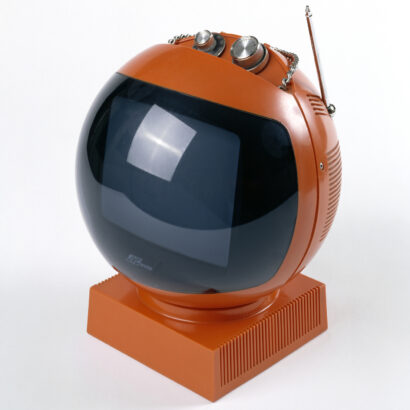
Videosphere television
Television revolutionised home entertainment.
The warm glow of the TV screen came to replace the roar of the fire as the focal point of domestic life. And shows like Coronation Street (first aired in 1960) became a part of the UK’s daily routine.
This JVC Videosphere is an example of ‘Space Age’ design. It looks more like an astronaut’s helmet than a traditional television. It was released the year after the Apollo 11 moon landing.
Videosphere Model 3240SW. Object number 147/1996

Central heating thermostat
A thermostat, like this one from the 1980s, allowed entire houses to be heated to the same temperature at the turn of the dial.
Central heating became commonplace in British homes in the 1970s and 1980s and allowed leisure activities to be scattered across the home, so families no longer had to congregate in the room where the fire was.
Our homes are now warmer than ever, though we have begun to weigh up the cost of this convenience with its significant environmental impact.
Central heating thermostat, Honeywell, about 1980
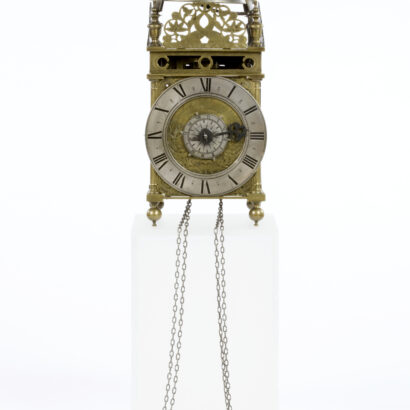
Lantern clock
A keen awareness of time in daily life developed during the 1600s and 1700s. This is when owning a clock became more common.
Domestic routines such as sleeping, eating or worship, were ruled by the clock.
People often viewed ‘wasting time’ as immoral. People felt compelled to plan their days efficiently, and to teach their children the importance of keeping good time.
This lantern clock would have been placed high up on the wall, allowing the weights to hang down and drive the mechanism. The clock would run for about 30 hours before the weight needed to be raised again.
Lantern clock c.1660-1670. Object number 54/2006
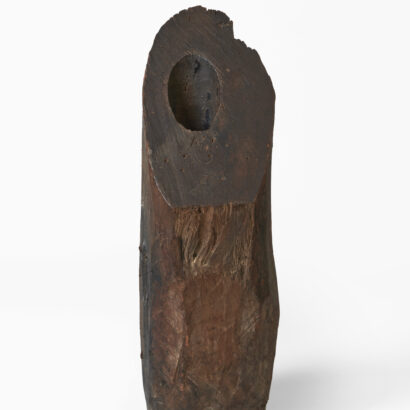
Water pipe
Engineers used wooden piping like this to funnel water from the New River into London’s water supply.
This brought fresh water directly into many people’s homes, transforming their routines. No longer did they have to carry heavy buckets of water from the well or pump. They now had an instant water supply.
The New River was an artificial waterway, constructed in the early 1600s, which carried fresh water from a spring in Hertfordshire to London.
Before this time Londoners relied on rivers, springs and public fountains for their water, which wasn’t always clean.
Homes could be connected to these wooden pipes via a smaller lead pipe.
Water pipe, 1600-1800. Object number AF 40
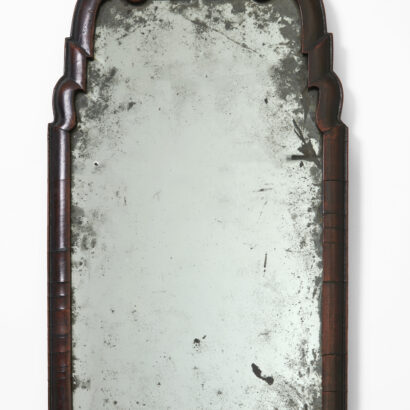
Mirror
For much of history most people had no idea what they actually looked like.
Mirrors were prohibitively expensive and their design was a closely guarded secret.
In the 1600s French glassworkers brought their skills to England and mirrors became more affordable and more available.
Mirrors were used in homes to reflect the light of candles around a room or to show off the owner’s good taste.
However, they also prompted a new obsession with physical appearances and created new anxieties.
Walnut-framed mirror, made in England 1690-1710.
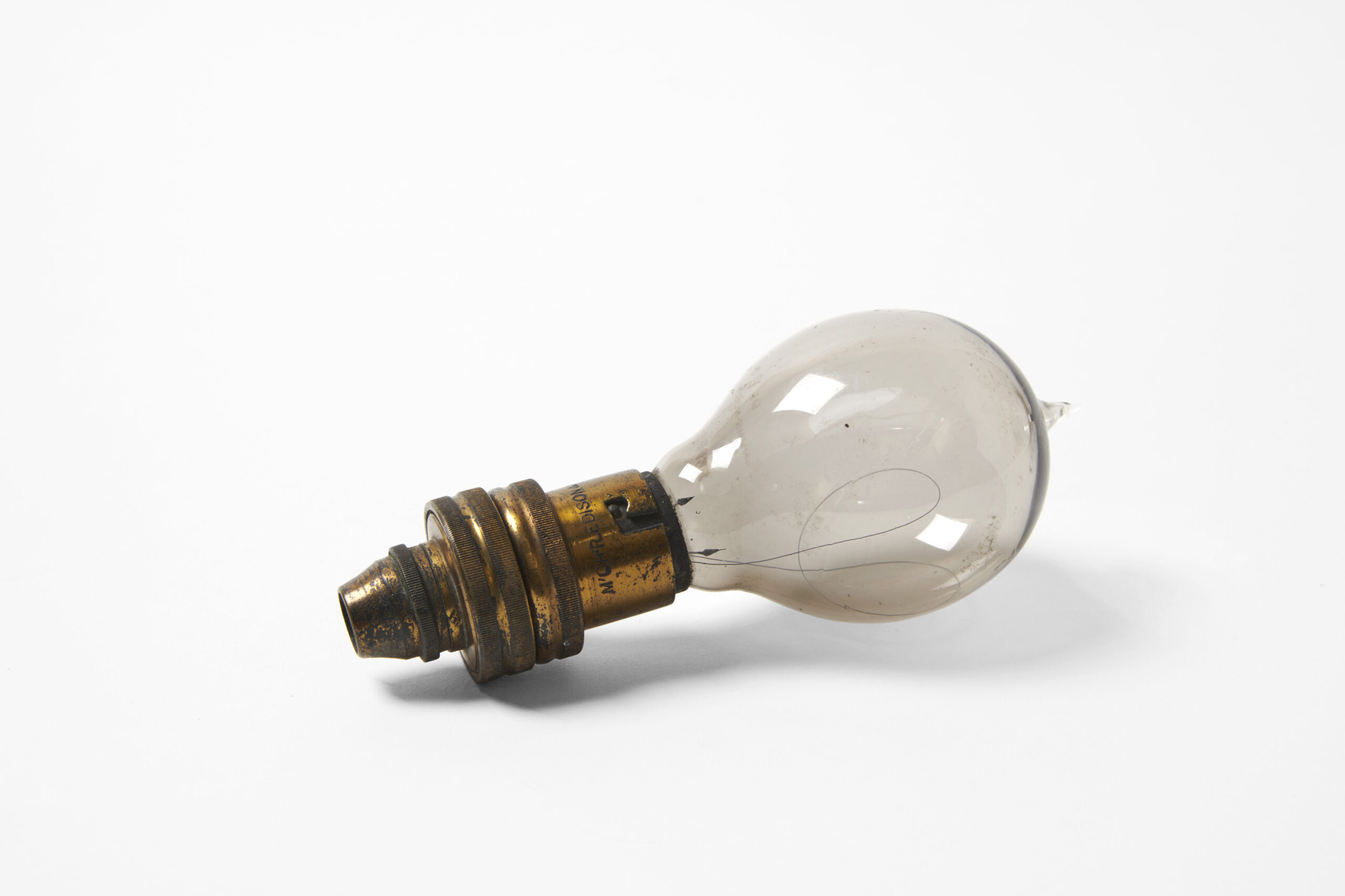
Lightbulbs
Our homes became brighter and our days longer with the invention of the electric lightbulb in the 1870s and the arrival of cheap electricity in the 1930s.
Before this people used a variety of means to light their homes, including candles, gas lighting or homemade rushlights. All of these posed problems: cost, noxious smoke and the production of excessive heat.
Electric lighting changed our sleeping patterns, because our days no longer need to end with the arrival of the night.
People could work, read or entertain easily after dark, and life could be truly 24/7.
Light bulb, Edison and Swan Electric Light Company, c.1890
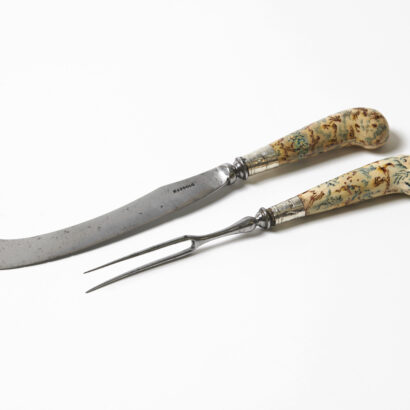
Forks
The arrival of the fork on British dining tables improved hygiene and changed how meals were served.
Previously, the British ate with a knife and spoon, or with their hands.
Thomas Coryat discovered the fork in Italy in the early 1600s but was mocked for his efforts to introduce them in Britain.
However after the Great Plaque of the 1660s, concerns about handling food grew and dining became more formalised.
Forks allowed guests to help themselves without touching the food.
Gradually the fork became an essential part of eating at home.
Fork, manufacture 1750-1760. Agateware. Object number 1/2020-6
Catalogues
Shopping catalogues, like this one produced by Littlewoods in 1985, allowed people to browse the aisles from the comfort of their own homes.
Reduced postage costs helped grow the home shopping industry dramatically.
The rise of the internet has made it even easier to buy goods from home. Months of lockdown in 2020 during the pandemic have only encouraged this.
However, this spells the end of the catalogue.
Argos announced that after 48 years and one billion copies, printing of their catalogue will cease in 2021 and instead products will only be listed online.
Littlewoods Spring and Summer ’85, Littlewoods Warehouses Ltd. 1985, Object number: TC 93
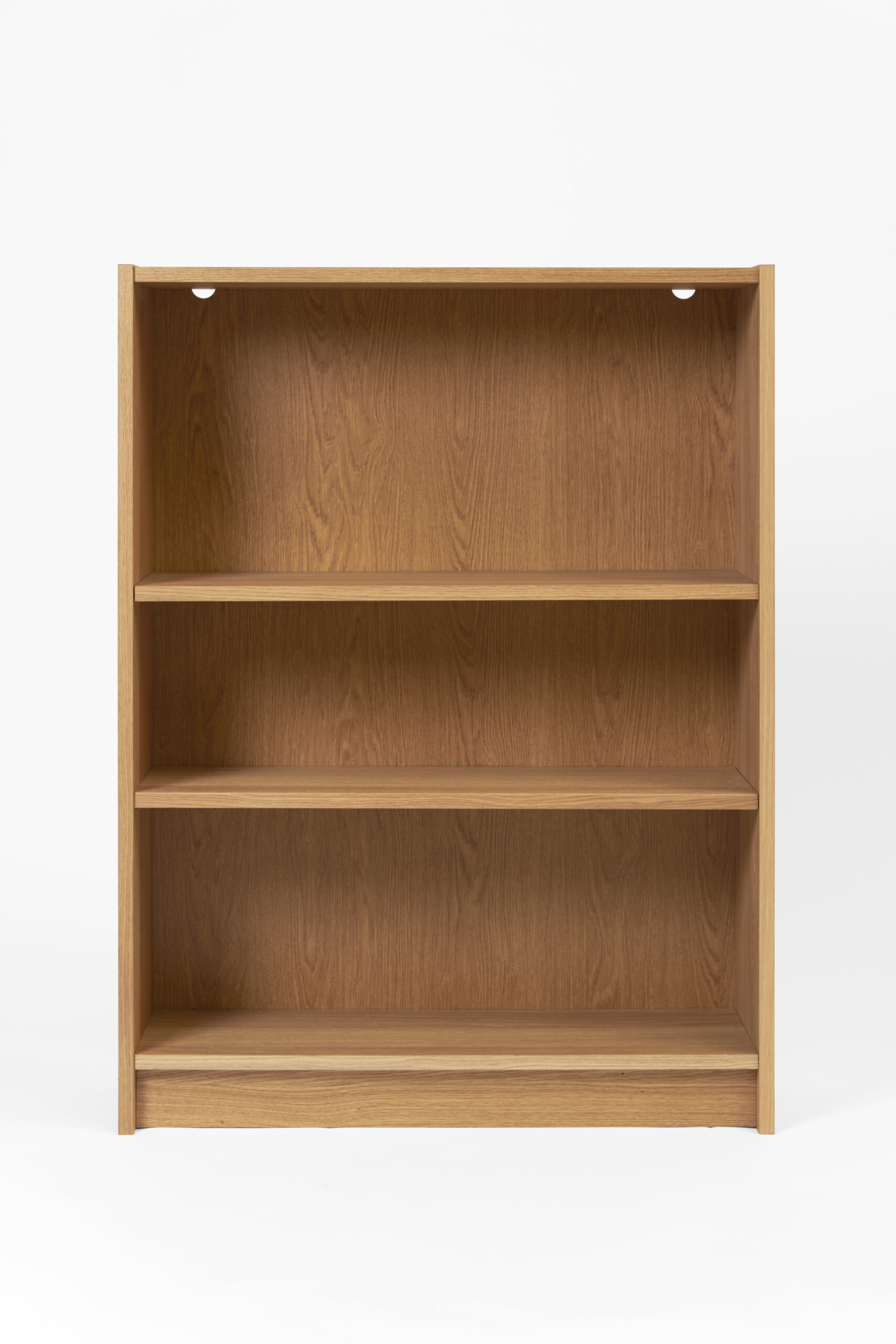
Billy bookcase
Flat-pack furniture revolutionised the market by making items cheaper, simpler and easier to transport.
The Billy bookcase was developed by IKEA in the 1970s and is one of the Swedish brand’s most popular products.
The simplicity of its design means what you choose to display on the shelves is more important than the piece itself.
Tens of millions of Billys have been sold around the world and there is even a ‘Billy bookcase index’, which compares purchasing power in different countries.
IKEA Billy bookcase, 2019. Object number E4154.1
Related
See more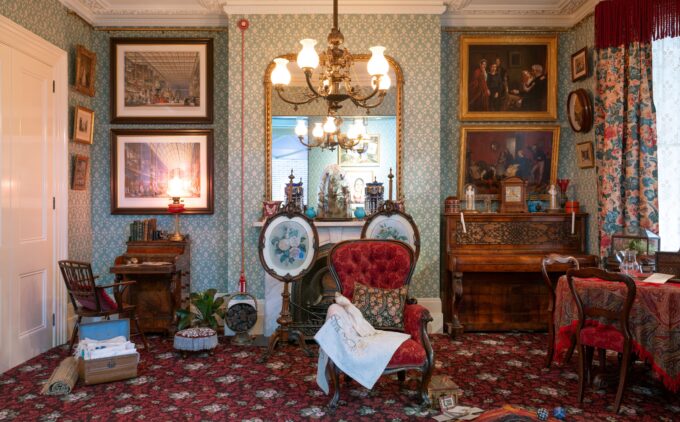
Rooms Through Time
How home life has evolved over four centuries.
Permanent
Free

Home Galleries
Explore everyday experiences and ideas of home across the last 400 years.
Permanent
Free
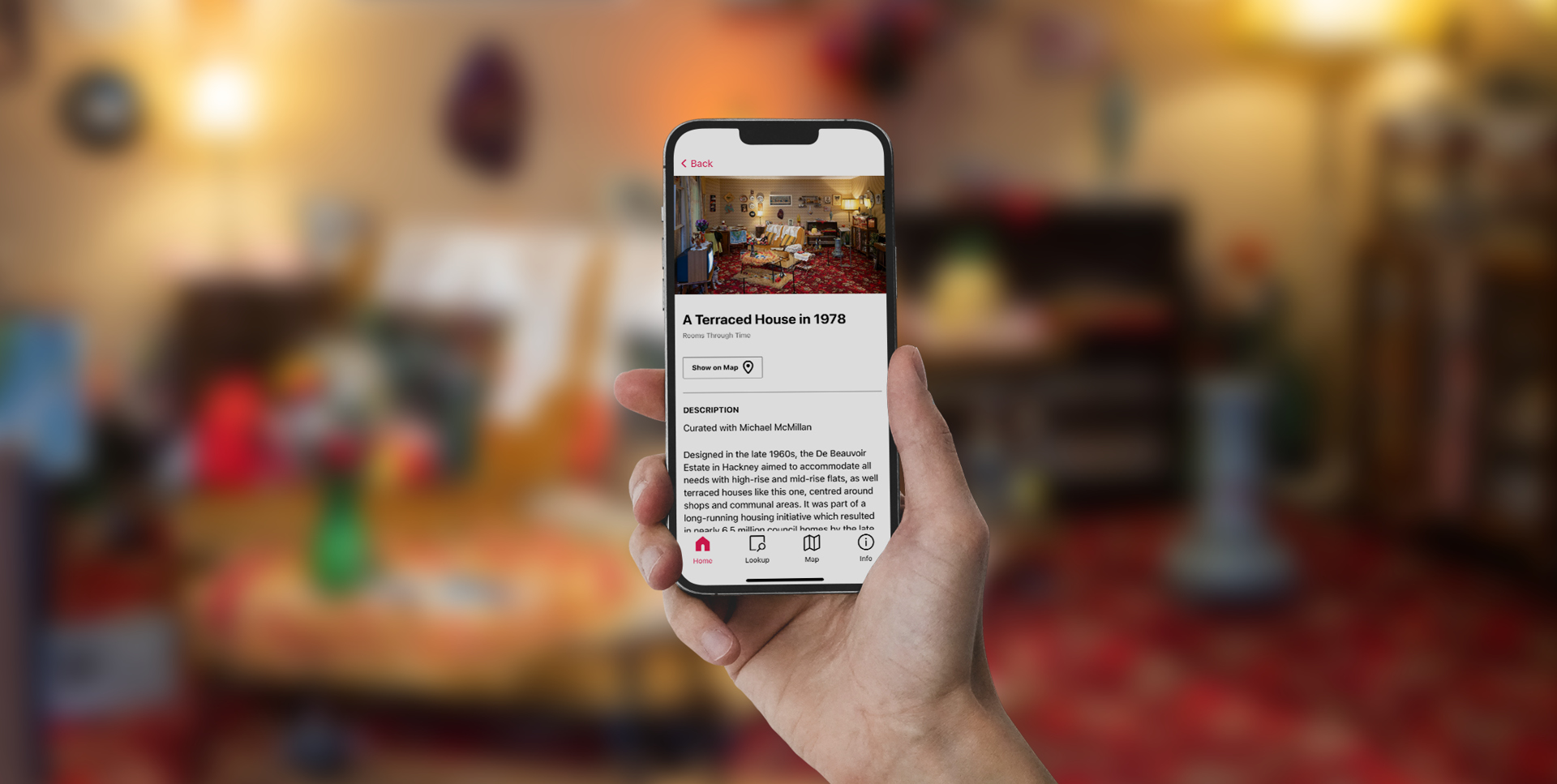
Free digital guide
Explore Museum of the Home with our digital guide on Bloomberg Connects, the free arts and culture app.
